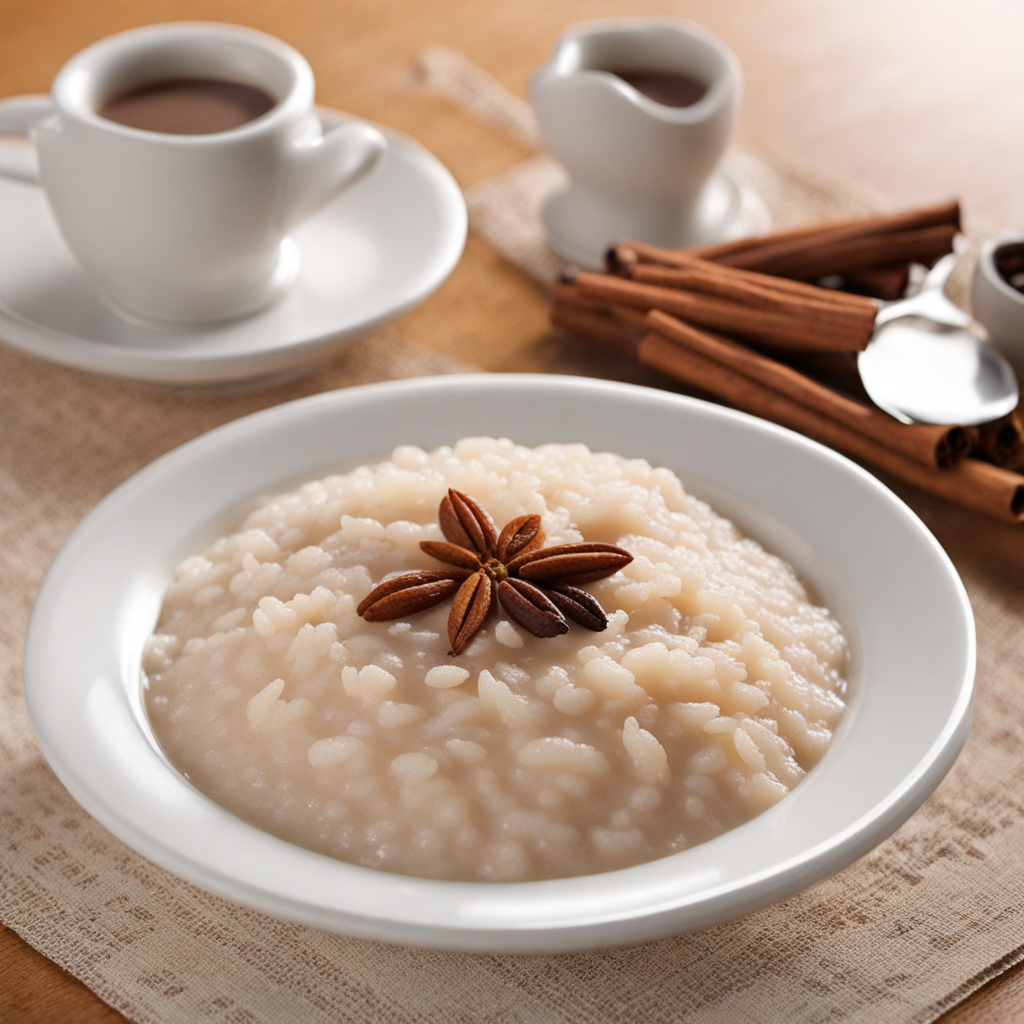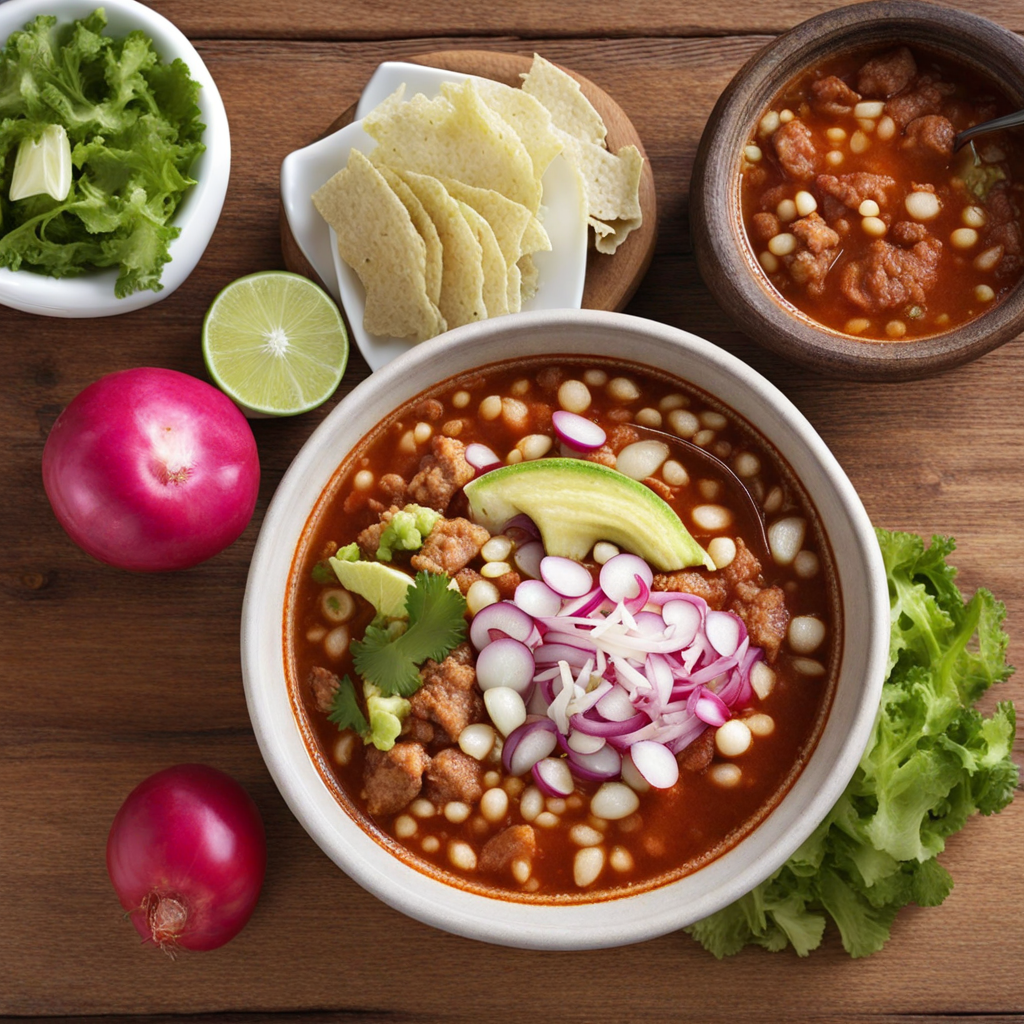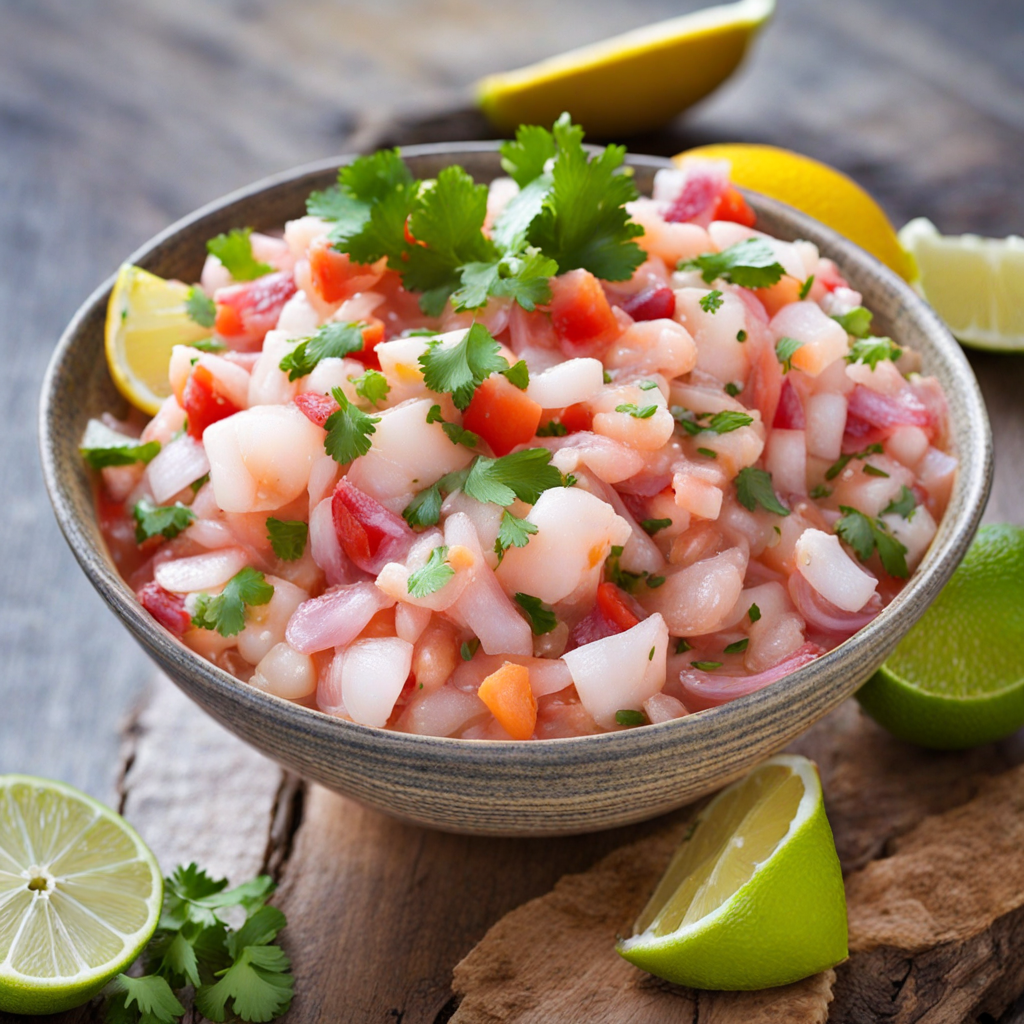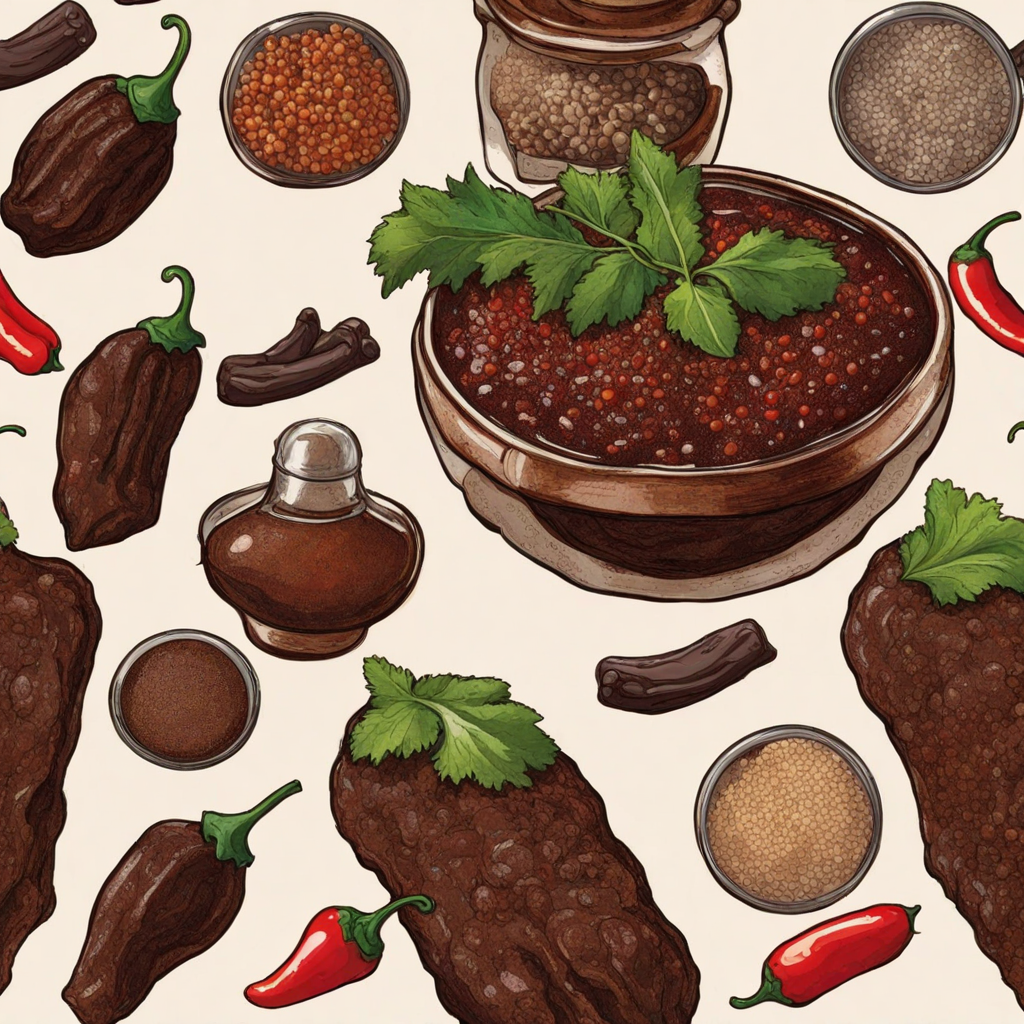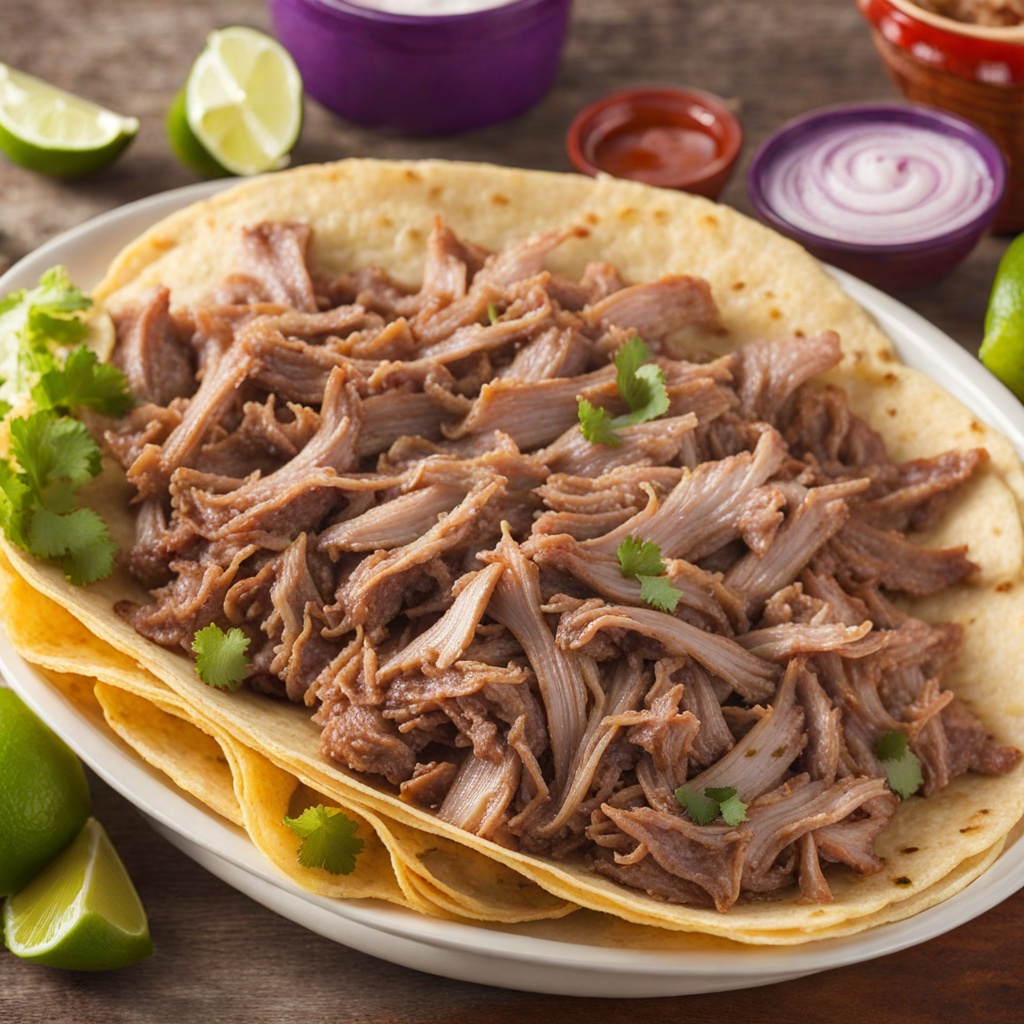Arroz con Leche
Arroz con Leche is a beloved traditional Mexican dessert that beautifully showcases the country's rich culinary heritage. This creamy rice pudding is made by simmering rice with milk, sugar, and a pinch of salt until it reaches a luxurious, velvety consistency. The slow cooking process allows the rice to absorb the sweetened milk, creating a delightful harmony of flavors that is both comforting and satisfying. The addition of cinnamon, either as a stick during cooking or as a sprinkle on top, imparts a warm, aromatic essence that elevates this simple dish to something truly special. One of the most appealing aspects of Arroz con Leche is its versatility. While the classic version is often enjoyed plain, many families have their own variations, adding ingredients like raisins, vanilla, or lemon zest to enhance the flavor profile. Some even serve it chilled, making it a refreshing treat on a warm day. The texture is creamy yet slightly grainy, providing a delightful contrast that invites you to savor every spoonful. Each bite offers a taste of nostalgia, evoking memories of family gatherings and festive celebrations. Arroz con Leche is more than just a dessert; it is a symbol of comfort and togetherness in Mexican culture. Often enjoyed as a sweet finish to a meal or as a snack, it can be found in homes and restaurants alike. As you delve into this dish, you'll discover the perfect balance of sweetness and creaminess, with a hint of spice that makes it a unique culinary experience. Whether you are tasting it for the first time or revisiting an old favorite, Arroz con Leche promises to transport you to the heart of Mexico's vibrant food scene.
How It Became This Dish
The History of Arroz con Leche: A Sweet Journey through Time Arroz con leche, a beloved dessert in Mexico and throughout Latin America, is a delightful concoction of rice, milk, sugar, and spices that evokes nostalgia and comfort. Its creamy texture and sweet flavor have made it a staple in many households, transcending generations and cultural boundaries. To truly appreciate arroz con leche, one must delve into its origins, cultural significance, and the evolution it has undergone through the centuries. #### Origins: A Blend of Cultures The story of arroz con leche begins long before the arrival of the Spanish in the Americas. Rice, the primary ingredient in this dish, has a rich history that dates back thousands of years, originating in Asia, particularly in China and India. The cultivation of rice spread across the continent, eventually making its way to the Iberian Peninsula via trade routes. By the late 15th century, the Spanish had begun incorporating rice into their gastronomy, influenced by the culinary practices of both the Moors and the indigenous peoples of the region. Once the Spanish colonized the Americas, they brought with them a plethora of ingredients and culinary traditions. Among these were rice, dairy, and sugar, which would become essential components of numerous Latin American dishes. In Mexico, the indigenous peoples had their own forms of rice pudding, but it was the fusion of Spanish techniques and local ingredients that gave rise to the version we know today as arroz con leche. The earliest records of arroz con leche in Mexico can be traced back to the colonial period. Spanish settlers began to prepare the dish using rice, which was now cultivated in the fertile regions of Mexico. They combined it with milk sourced from cows, a luxury at the time, and sweetened it with sugar, an ingredient that was becoming increasingly available following the establishment of sugarcane plantations in the Caribbean. #### Cultural Significance: A Comfort Food Arroz con leche has transcended its humble beginnings to become a beloved comfort food across Mexico. It is often associated with childhood memories, family gatherings, and festive occasions. The dish is not only popular in homes but also commonly served in schools, markets, and during cultural festivities. Its preparation is often a communal activity, where families gather to cook and share stories, strengthening bonds through the shared experience of food. In Mexican culture, food carries deep symbolic meanings. Arroz con leche is often seen as a representation of nurturing and care, evoking memories of mothers and grandmothers making the dish for their children. It embodies the idea of home and warmth, making it a favored dessert during holiday celebrations and special occasions such as birthdays, weddings, and Día de los Muertos (Day of the Dead). In this context, arroz con leche serves not only as a delicious treat but also as a way to honor tradition and foster familial connections. #### The Evolution of Arroz con Leche While the basic components of arroz con leche—rice, milk, sugar, and spices—remain constant, its preparation and presentation have evolved over time, reflecting the diverse regional influences across Mexico. Various regions have adopted their own twists on the dish, incorporating local ingredients and flavor profiles. In Mexico City, for example, arroz con leche is often flavored with cinnamon and vanilla, giving it a warm and comforting aroma. In contrast, the coastal regions may introduce coconut milk, adding a tropical twist to the dish. Some variations include the addition of raisins or other dried fruits, which enhance the texture and offer bursts of sweetness. The dish has also found its way into popular culture, often featured in literature, music, and television. In contemporary Mexican cuisine, chefs are reinterpreting traditional recipes, experimenting with modern techniques and presentations. This has led to gourmet versions of arroz con leche, where chefs might use organic ingredients, artisanal rice, or innovative garnishes, appealing to a new generation of food enthusiasts. #### Arroz con Leche in Modern Times Today, arroz con leche is not only a cherished traditional dessert but also a symbol of Mexican identity, celebrated in both local and global contexts. As Mexican cuisine gains recognition worldwide, dishes like arroz con leche have begun to appear on international menus, showcasing the richness of Mexican culinary heritage. Social media has played a significant role in the resurgence and global popularity of traditional dishes like arroz con leche. Home cooks and chefs share their own takes on the dish, showcasing variations that reflect personal histories and regional influences. This has led to a renewed interest in traditional cooking methods and the importance of preserving culinary heritage. Furthermore, the rise of the health-conscious movement has prompted some to adapt the recipe, using alternatives such as almond milk, coconut milk, or even quinoa as a base. These modern iterations cater to dietary preferences while maintaining the essence of the beloved dessert. #### Conclusion: A Timeless Classic Arroz con leche is more than just a dessert; it represents a rich tapestry of history, culture, and community. From its origins in ancient Asia to its evolution through colonial influences and modern interpretations, this dish has woven itself into the fabric of Mexican life. It stands as a testament to the resilience of culinary traditions, adapting and thriving through the ages while remaining grounded in its roots. As generations continue to enjoy and pass down the recipe, arroz con leche serves as a delicious reminder of the importance of family, tradition, and the simple joys of life. Whether enjoyed in a humble home or an upscale restaurant, this sweet rice pudding remains a cherished symbol of love and togetherness, connecting people through the universal language of food.
You may like
Discover local flavors from Mexico



